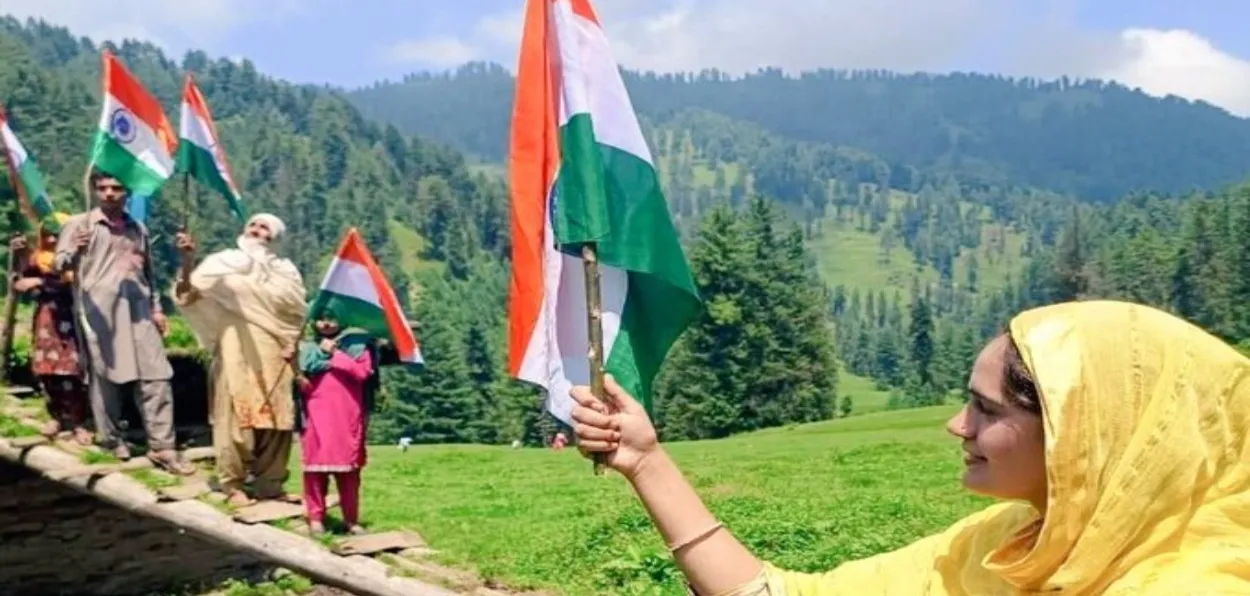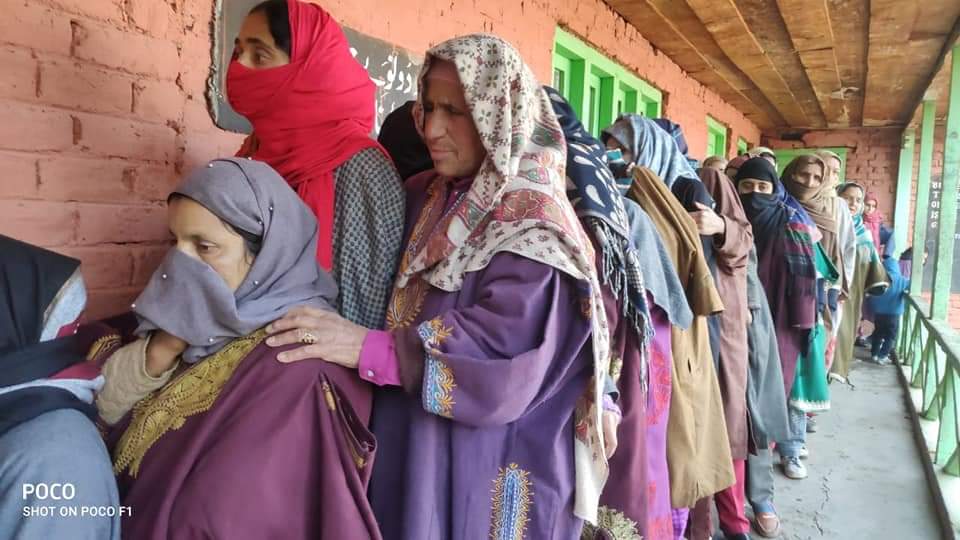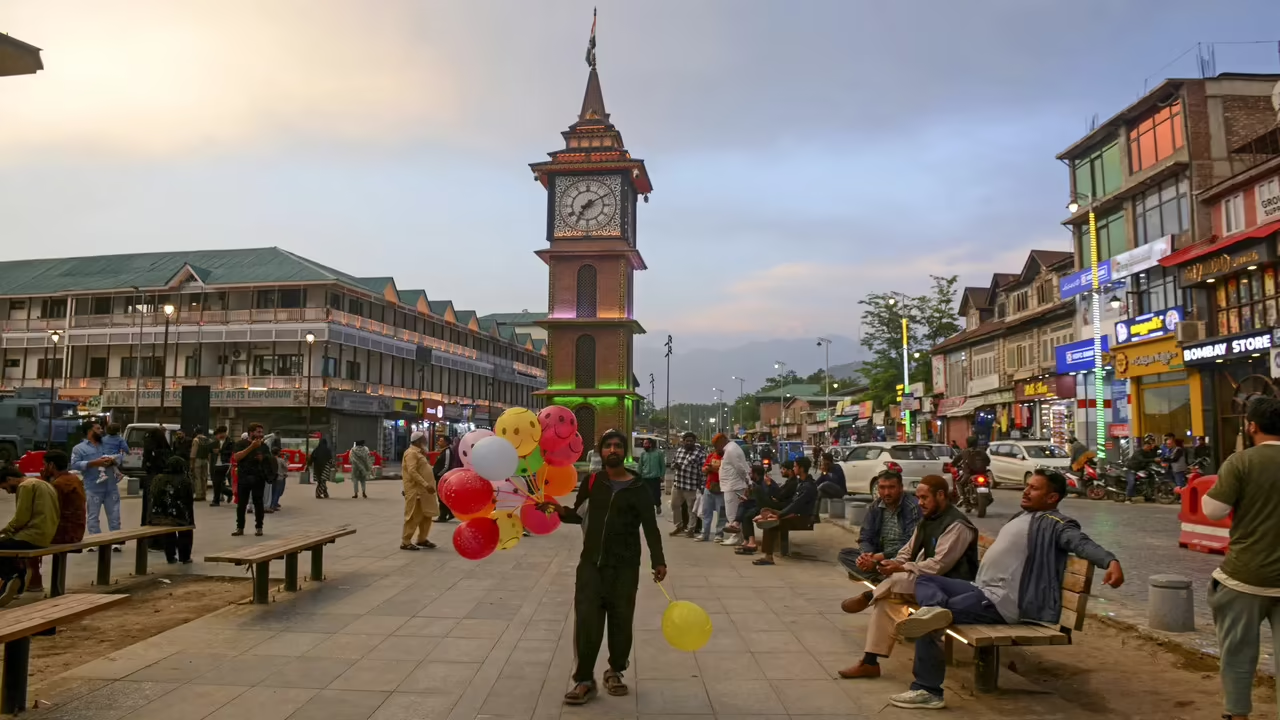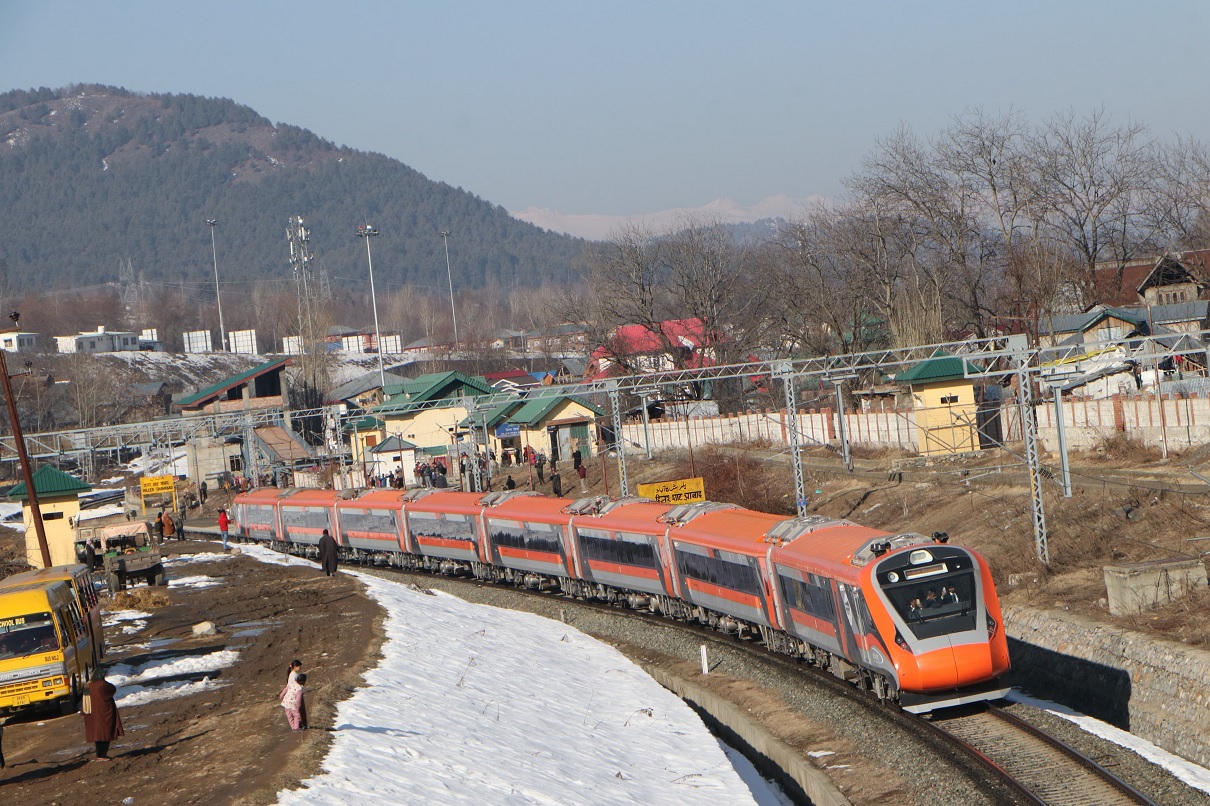
Amir Suhail Wani
On 5 August 2019, the constitutional framework that had governed Jammu and Kashmir for decades was fundamentally altered. Article 370 and 35A were abrogated, the state was bifurcated into two Union Territories, and the administrative, legal, and political map of the region was redrawn.
In the months that followed, the Valley witnessed a communications blackout, heightened security presence, and an air of uncertainty. Today, five years later, the narrative has shifted from immediate shock to a more complex assessment of what has tangibly changed in governance, economy, and civic life.
Administrative Overhaul
One of the most visible changes has been in the structure of governance. With direct central rule, the bureaucracy has been reorganised under the Union Territory model. Civil services postings now draw officers from across India rather than a local cadre, bringing in fresh administrative styles but also triggering debates on local representation. Governance has seen a push towards digitisation — portals for domicile certificates, land records, and birth or death registrations have made many processes more streamlined. For residents in urban Srinagar, these services are quicker and less encumbered by in-person paperwork, but in rural districts, limited internet access and digital literacy remain significant hurdles.
 Women voters outside a booth in Panchayat election in Kashmir
Women voters outside a booth in Panchayat election in Kashmir
At the grassroots, panchayat and urban local body elections have been held more regularly, leading to a surge in elected representatives. However, their decision-making powers and budgets are still constrained, leaving them more as facilitators than policy drivers. While this has improved local visibility in governance, the real levers of policy remain with the bureaucracy.
Economic Developments
Infrastructure development has been one of the central government’s flagship areas. Highways are being widened, the Banihal–Katra rail link is in its final stages, and new tunnels like Zojila and Chenani–Nashri have improved year-round connectivity. In Srinagar, Smart City projects have reworked major intersections, upgraded drainage systems, and created pedestrian-friendly zones. These changes have made urban mobility easier, though the benefits are unevenly distributed, with rural and border districts still grappling with poor roads and transport facilities.Tourism, long seen as an economic mainstay, has experienced record surges in 2022 and 2023.
Gulmarg, Pahalgam, and Sonamarg have seen hotel occupancy rates comparable to peak pre-1990s figures. The boom has encouraged a wave of small-scale entrepreneurs — from homestay operators in Gurez to boutique café owners in Srinagar. Yet, this tourism spike is seasonal, and the service sector remains vulnerable to weather patterns and political disruptions.
 Lal Chowk bustling with normal activities
Lal Chowk bustling with normal activities
Horticulture, especially apple production, remains the economic backbone for rural Kashmir. However, erratic rainfall, warmer winters, and price fluctuations have put orchardists under strain. While new cold storage facilities and grading units have sprung up, growers often find themselves at the mercy of middlemen and shifting transport costs.
Shifts in Civic Life
In urban spaces, the security landscape has evolved. Large sandbag bunkers that once dominated Lal Chowk are less visible, replaced by CCTV networks and mobile patrols. Public spaces have become more accessible, enabling the return of open-air festivals, sports tournaments, and cultural gatherings. Srinagar has even begun experimenting with evening markets and late-night cafés, creating a modest but noticeable shift in public life.
Women’s presence in the public workforce is growing. It’s now common to find women as bank tellers, retail managers, or even café owners, particularly in Srinagar and Budgam. This quiet social transformation is partly driven by education and partly by new job avenues in hospitality and retail.
Heritage restoration efforts have also gained momentum. The Mughal gardens have been given improved visitor facilities, while old city mosques and shrines are undergoing conservation work. The return of film crews and music video productions has injected both visibility and investment into the Valley’s cultural life.
 Vande Bharat on the way to Srinagar
Vande Bharat on the way to SrinagarSocial and Educational Trends
For the youth, opportunities are a mixed picture. While government recruitment drives have created some openings, the private sector remains small, leading many young professionals to migrate to metro cities or Gulf countries. IT graduates and healthcare workers, in particular, are leaving in search of better pay and career progression.
Education has seen institutional expansion — the Indian Institute of Technology (IIT) and the National Institute of Fashion Technology (NIFT) have opened campuses, and several central universities are operational. Online learning platforms are more common, but intermittent internet connectivity, especially in rural areas, can limit their effectiveness.
Civic volunteerism is on the rise. From blood donation drives to environmental clean-up campaigns along the Dal Lake and Jhelum, many young Kashmiris are engaging in grassroots activism that transcends political lines. These initiatives, though modest in scale, reflect a slow but notable shift towards community-led problem-solving.
The Road Ahead
Five years on, the Valley is undeniably different from its 2019 self — not in the sudden, dramatic sense often portrayed, but through a series of layered, incremental shifts. There is better physical connectivity, more digitised governance, and a visible push in tourism and urban renewal. Yet, deep economic vulnerabilities remain, especially in agriculture, and the benefits of development are uneven across districts.
ALSO READ: 10 iconic women whose influence shaped bold Indian womanhood
The challenge now lies in translating infrastructure growth into broad-based economic stability, ensuring that rural communities benefit alongside urban centres, and protecting Kashmir’s fragile ecology while expanding tourism. The coming years will test whether these administrative and developmental changes can foster not just physical transformation, but lasting social and economic resilience.
